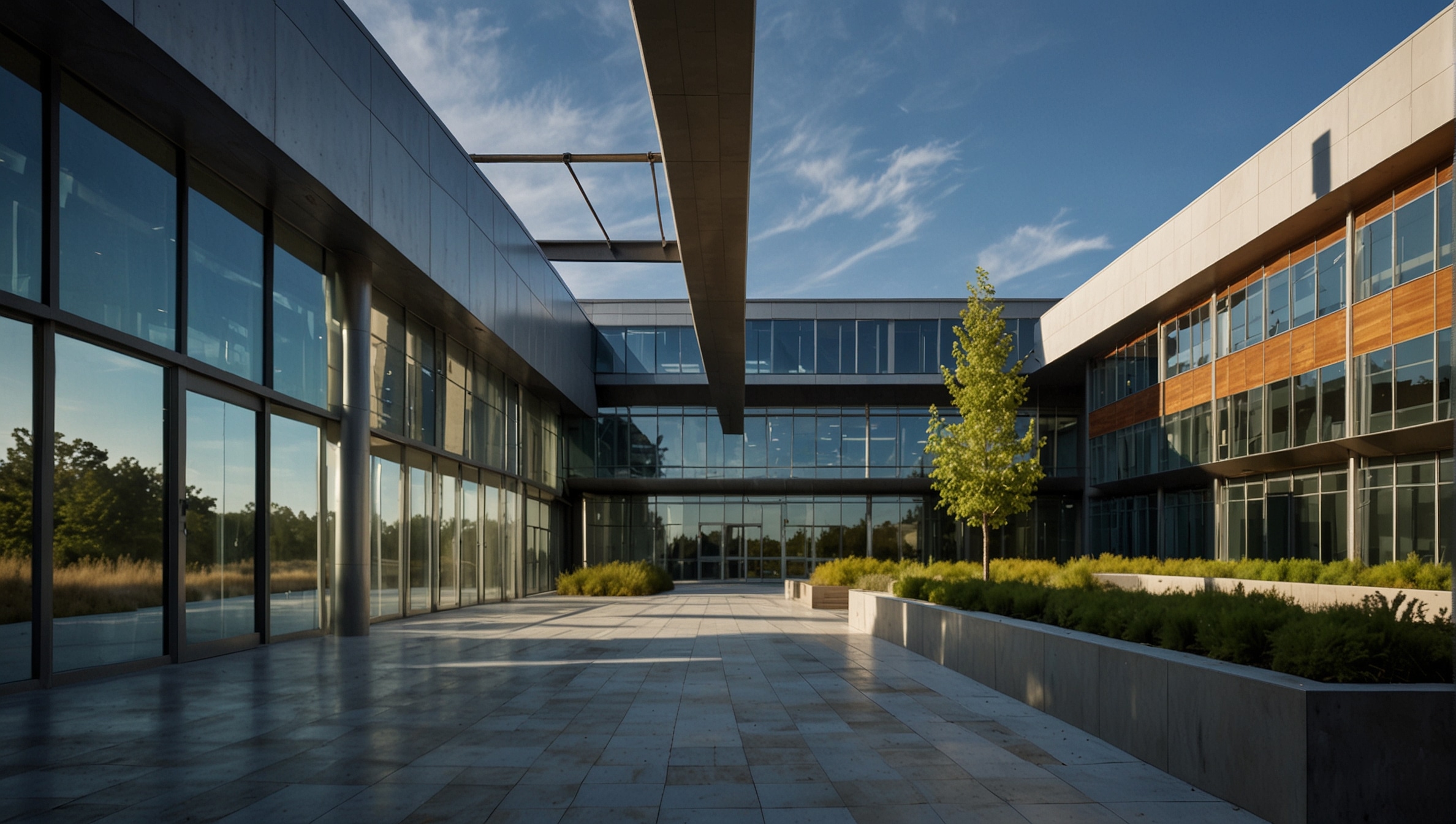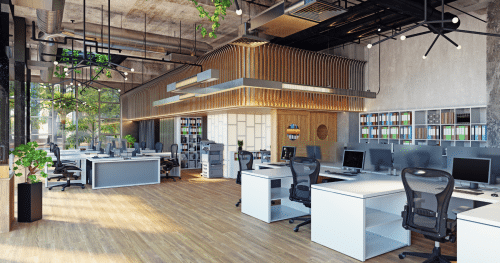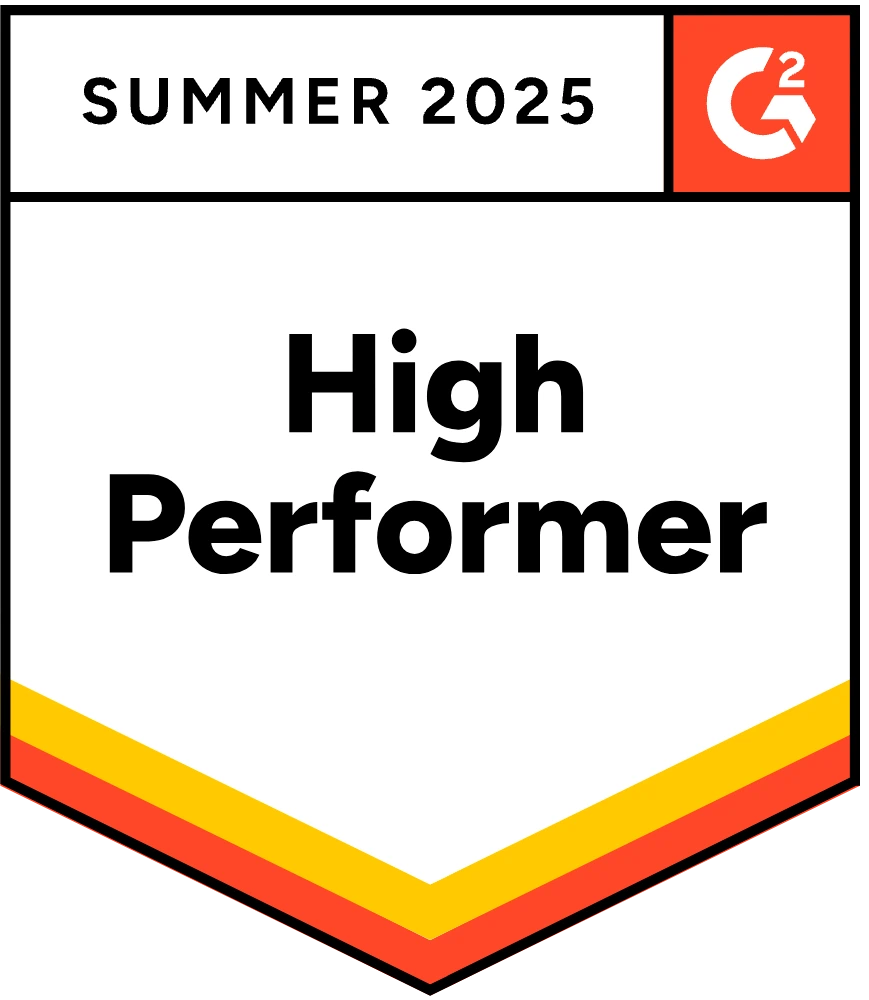In a time where sustainability has become a global adoption, the role of facility management for environmentally responsible and resource-efficient buildings is more critical than ever.
This article dives into the concept of facility management sustainability, exploring its significance, the inherent challenges and solutions, and how cutting-edge technology and software are pivotal in driving these sustainable practices forward.

What is Facility Management Sustainability?
Facility management sustainability refers to the strategic integration of practices and processes within the operational functions of buildings and facilities to minimize environmental impacts, promote resource efficiency, and ensure the well-being of occupants. It includes a wide range of activities, from energy and water conservation to waste reduction and the use of sustainable materials and technologies.
The goal is to create and maintain spaces that are environmentally responsible, economically viable, and socially beneficial, both today and for future generations. Let’s see some examples:
Energy Efficiency Improvements
Implementing energy-saving measures such as LED lighting, high-efficiency HVAC systems, and smart thermostats to reduce energy consumption and lower greenhouse gas emissions.
Buildings are responsible of 40% of global energy consumption and contribute to 33% of greenhouse gas emissions, underscoring the critical importance of efficiently managing their energy usage. Research conducted by the World Economic Forum indicates that a transition of 20% of heating systems to utilize heat pumps powered by clean electricity could result in a notable 9% decrease in CO2 emissions.
Ensuring that newly constructed buildings adhere to green standards and implementing measures to decarbonize existing buildings are crucial steps in our fight against climate change, considering that these structures typically remain in use for at least half a century.
Renewable Energy Adoption
Installing solar panels, building-integrated rooftop wind turbines, and utilizing green energy contracts to power facilities with renewable energy sources, thereby reducing reliance on fossil fuels. As illustrated previously, over 40% of the world’s final energy consumption originates from buildings. By integrating renewable energy sources, buildings play a crucial role in advancing sustainability efforts.
Moreover, renewable energy sources utilized in buildings tend to be more cost-effective compared to fossil fuels.
Smart Building Technologies
A smart building refers to a structure equipped with automated systems that oversee and regulate various operations such as HVAC, lighting, air quality and security in real time. This is achieved through an interconnected network of sensors, actuators, and microchips, and technology which continuously collect raw data that can be analyzed to extract valuable insights.
It plays a vital role in averting accidents triggered by human error. Smart building technologies aid in optimizing resource allocation, thereby cutting down on energy expenses. By operating on minimal power requirements, they contribute to lowering greenhouse gas emissions.
Indoor Environmental Quality Enhancement
Ensuring good indoor air quality by using non-toxic cleaning products and materials, adequate ventilation, and indoor plants to improve occupant health and productivity.
Indoor air quality poses a significant global concern. Experiencing both short- and long-term exposure to indoor air pollution can lead to various health complications, such as respiratory illnesses, cardiovascular conditions, cognitive impairments, and even cancer.
Sustainable Procurement Policies
Adopting procurement policies that prioritize products and services which are environmentally friendly, such as those made from recycled materials or certified by environmental standards.
At COP28, the significance of our stance in a pivotal decade for climate action was underscored. This emphasizes the pressing need for significant, swift, and continuous reductions in greenhouse gas emissions, stressing the importance of not just advocating for green buildings but also embracing green products and services. Moreover, this can help your company tackle your environmental, social, and governance concerns.
Building Upgrades
Updating older buildings with energy-efficient windows, insulation, roofing, and other materials. Building upgrades improve the building’s energy performance and extend their usable life, reducing the need for new construction and its associated environmental impact.
Retrofitting, for instance, presents a carbon-efficient pathway toward achieving net-zero goals. By upgrading and improving existing buildings, the substantial initial carbon expenses linked with new construction are sidestepped.
Strategic investments in energy-efficient enhancements like insulation, HVAC systems, intelligent lighting, and renewable energy generation can lead to noteworthy reductions in both energy costs and day-to-day operational emissions in commercial buildings.
Why is Sustainable Facility Management Important?
The significance of sustainable facility management cannot be overemphasized. Buildings are among the largest consumers of energy worldwide and significant contributors to greenhouse gas emissions.

Source: 2022 Global Status Report for Buildings and Construction – UN
By adopting sustainable practices, facility managers can drastically reduce a building’s carbon footprint, conserve natural resources, and create healthier environments for employees. This all contributes to the ESG ambitions of companies and governments. Not only that: sustainable facilities often result in lower operating costs through reduced energy and water usage, leading to significant savings over time.
Beyond the environmental and economic benefits, sustainable facility management also addresses social responsibility, enhancing the quality of life for all inhabitants and promoting a positive brand image for businesses and organizations.
Challenges and Solutions in Sustainable Facility Management
Implementing sustainable facility management practices comes with its set of challenges. Let’s delve into them:
- One major hurdle is the initial cost of adopting green technologies and materials, of which the investment is usually higher than traditional technologies and materials. However, the key to investing in the right choices lies in viewing these costs as long-term investments rather than immediate expenses. Investments in energy-efficient systems pay off in the form of lower utility bills and reduced maintenance costs. The same goes for other sustainable options.
- Another challenge is the resistance to change, both from management and employees. This can be overcome through education and engagement, demonstrating the tangible benefits of sustainability initiatives, and involving stakeholders in the decision-making process.
- Lastly, staying on top of the latest sustainability standards and regulations requires continuous learning and adaptation. Facility managers can address this by seeking certifications, attending workshops, and joining professional networks dedicated to sustainable practices.
Technology and Software to Drive Sustainability
In the quest for sustainability, technology and software play pivotal roles. Innovative solutions like Building Information Modeling (BIM) allow for the design and maintenance of energy-efficient buildings. IoT sensors and automation systems enable real-time monitoring and control of energy usage, water consumption, and indoor air quality, adjusting as necessary to optimize performance.
Energy management software provides facility managers with detailed insights into a building’s energy patterns, identifying areas for improvement and tracking the effectiveness of sustainability initiatives. Similarly, predictive maintenance tools use data analytics to anticipate equipment failures before they happen. This data-driven approach ensures systems operate at peak efficiency while minimizing resource wastage.
Lastly, green building certification platforms, such as LEED and BREEAM, offer frameworks for assessing and recognizing sustainable building practices, encouraging continuous improvement and innovation in the field of facility management.
At Spacewell, we are very aware of the sustainability ambitions and challenges that companies face. That’s why we empower facility managers with the tools and insights necessary to champion sustainability. Our advanced software solutions, including energy management, workplace optimization, and maintenance management, enable facility managers to make informed decisions. With the right data and the right decisions, facility managers can successfully guide their company toward more sustainable (ESG) practices and make a positive impact. Don’t hesitate to reach out to us if you have any questions or concerns. We’re here to help!











